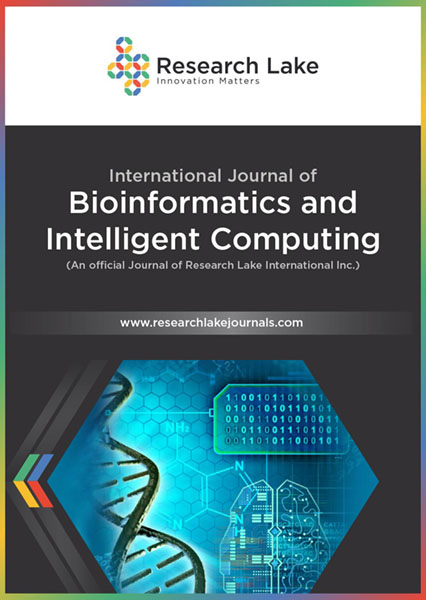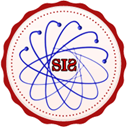Molecular and Computational Analysis of Chlorophyll Pigment-binding Protein cp47 from Selected Species of Semi Arid Region of Western India
Abstract
Photosynthesis means “synthesis with the help of light”, involves the composite functioning of various protein complexes. CP47 is a pigment-binding protein of PSII of a molecular mass of about 56 kDa. CP47, encoded by the chloroplastic psbB gene, is an integral part of the oxygen-evolving complex of PS -II centres. In the present study, analysis of a psbB gene was performed from various tree, shrub, vine and herb species of Saurashtra region. The genomic DNA was isolated from the 46 samples and psbB gene was amplified using specific primers (60R-61F) in PCR. The amplified gene was sequenced from all plant samples and submitted to NCBI database. The length of the amplified sequence was ~300 bp, was translated to the protein sequence. The obtained sequences were analyzed with the help of CPH and Pyre2 tools. The Pyre2 tools showed 40 reliable structure prediction out of 46. ProtParam was used for carrying out the protein physico-chemical analysis of all the proteins showing variations in the protein properties. The number of residues in favored region, as observed in the Ramachandran plot analysis, indicates reliability of the protein structure prediction. The obtained results for the sequence and structure analyses may help to understand the functional application of these proteins.
Copyright (c) 2023 Hiral V Bumtariya, Kiran S Chudasama, Bhavisha P Sheth, Vrinda S Thaker

This work is licensed under a Creative Commons Attribution-NonCommercial 4.0 International License.
Copyright © by the authors; licensee Research Lake International Inc., Canada. This open-access article is distributed under the terms of the Creative Commons Attribution Non-Commercial License (CC BY-NC) (http://creative-commons.org/licenses/by-nc/4.0/).




















